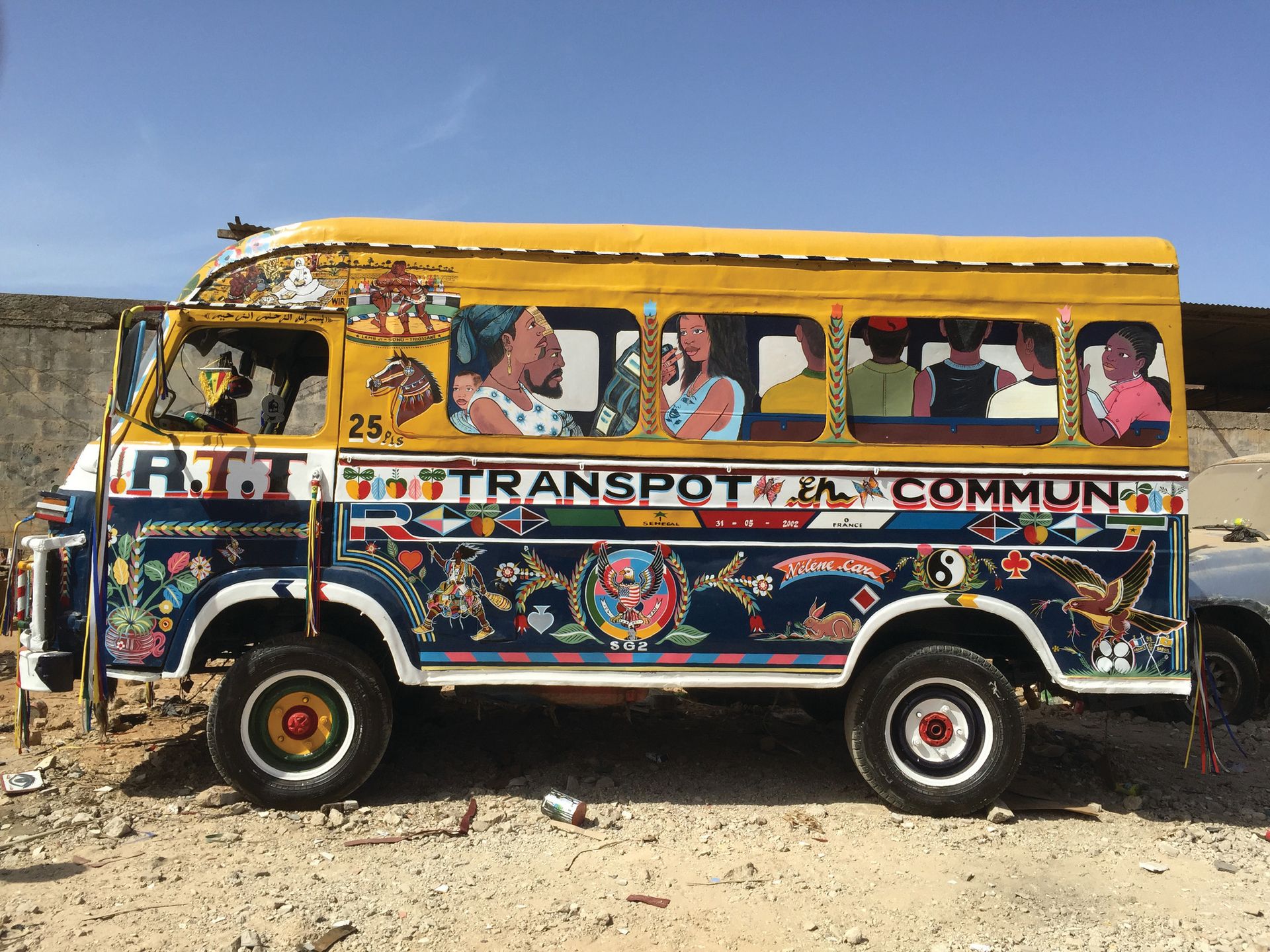France’s leading museum of anthropology, the Musée de l’Homme, has reopened after a tumultuous six-year renovation. Part of the Muséum National d’Histoire Naturelle, it is housed in Paris’s Palais de Chaillot, overlooking the river Seine.
The €92m refurbishment, funded by the French ministry of higher education and research, is three years behind schedule. The long delay was partly the result of having to make good some unforeseen damage to the building that was identified during the restoration, including the deterioration of the concrete used for the floors when the Palais de Chaillot was built in the 1930s.
The newly revamped museum includes 2,500 sq. m of permanent displays charting human evolution from prehistory to the present. Although the museum was forced to donate 237,000 objects to the Musée du Quai Branly, which opened in Paris in 2006, more than 700,000 artefacts remain in its collection. These are presented in three sections: “Who are we?”, “Where do we come from?” and “Where are we going?” We asked the curators to identify key objects in the refurbished galleries (see below).

Who are we?Bust of Asenat Eleonora Elizabeth (1856) Chosen by Marie Merlin, exhibition designer
“This bust was cast during Prince Napoléon’s expedition in the northern seas in 1856. Anthropologists created plaster casts of individuals whom they believed best represented this population. They were painted extremely realistically. Jean-Benjamin Stahl cast this Inuit woman in Greenland. She was 27 at the time. She will be presented in a monumental structure of 90 busts from various 19th-century expeditions. We wanted to illustrate a moment in the history of man’s knowledge of man.”

Where do we come from?Photographic projections from the Henri Lhote collection of rock art facsimiles (Neolithic period to Iron Age) Chosen by Patrick Paillet, prehistorian
“We have more than 1,200 paper copies of exceptional rock paintings and carvings from the Tassili n’Ajjer mountain range in south-east Algeria. They were created during four missions led by [the French ethnographer and explorer] Henri Lhote between 1956 and 1962 that aimed to record the archaeological heritage of rock art graphically and photographically. What is tragic is that they applied water to the walls, which in certain cases led to conservation problems. But these copies are true works of art in themselves. Even if they are not completely faithful to reality, they represent a unique document of rock art from Saharan Africa.”

Where are we going? Senegalese bus
Chosen by Alain Epelboin, medical anthropologist
“Buses exported from France to the former colonies after the Second World War are still used for public transport in Senegal. They are regularly refurbished and decorated, but the fleet is due to be replaced by 2018 with vehicles from Asia. The transport authority in Dakar graciously made a bus available to us. It will be exhibited, in a section relating to contemporary globalisation, as an object that was repurposed by local knowledge and culture, both technically and artistically.”

